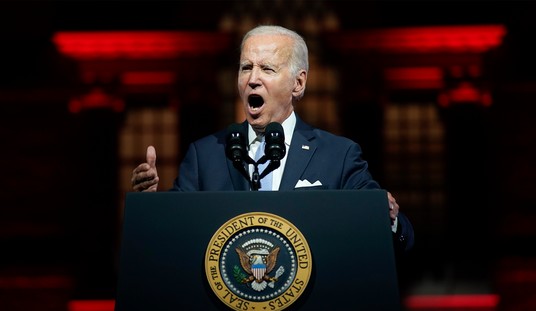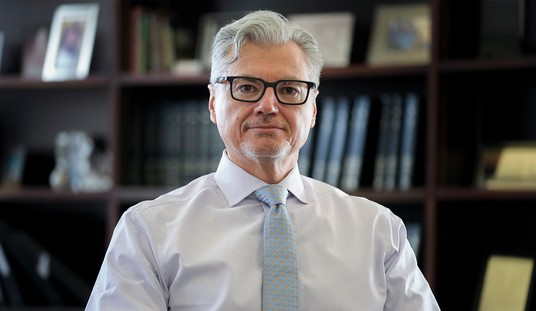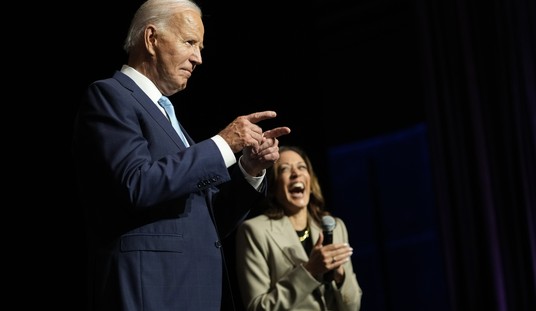Living in California, which has some of the most poorly-maintained highways in America, despite a much milder climate than most states, this new Wall Street Journal article really hit home:
In a typical year only about 65 cents of every gas tax dollar is spent on roads and highways. The rest is intercepted by the public transit lobby and Congressional earmarkers. Then there are the union wages that pad the cost of all federal projects. The New York Times reported in 2010 that 8,074 Metropolitan Transportation Authority employees made $100,000 or more in 2009 even as the system loses money.
Transit is the biggest drain. Only in New York, San Francisco and Washington, D.C. does public transit account for more than 5% of commuter trips. Even with a recent 2.3% gain in bus and rail use due to high gas prices, public transit still accounts for a mere 2% of all inner-city trips and closer to 1% outside of New York.
Since 1982 government mass-transit subsidies have totaled $750 billion (in today’s dollars), yet the share of travelers using transit has fallen by nearly one-third, according to Heritage Foundation transportation expert Wendell Cox. Federal data indicate that in 2010 in most major cities more people walked to work or telecommuted than used public transit.
Brookings Institution economist Cliff Winston finds that “the cost of building rail systems is notorious for exceeding expectations, while ridership levels tend to be much lower than anticipated.” He calculates that the only major U.S. rail system in which the benefits outweigh the government subsidies is San Francisco’s BART, and no others are close to break-even.
One reason roads are shortchanged is that liberals believe too many Americans drive cars. Transportation Secretary Ray LaHood has been pushing a strange “livability” agenda, which he defines as “being able to take your kids to school, go to work, see a doctor, drop by the grocery or post office, go out to dinner and a movie, and play with your kids in a park, all without having to get in your car.” This is the mind of the central planner at work, imagining that Americans all want to live in his little utopia.
The current scheme also creates giant inequities. Politically powerful cities get a big chunk of the money, while many Western and Southern states get less back than they pay in. But why should people in Akron, Ohio or Casper, Wyoming have to pay gas taxes to finance the New York subway or light rail in Denver? One reason there is so much overspending on inefficient urban transit is that federal matching dollars require residents in other states to foot up to half the bill.
In retrospect, the “desire named streetcar” that many suburban areas acquired in the 1990s and the naughts were like miniature dry runs of Obama’s crony corporatism. As I wrote at the start of 2006:
I first titled a post “The Desire Named Streetcar” back in October of 2003, after seeing it used in an Arizona Republic op-ed (found via Reason’s Hit & Run blog). Glenn Reynolds writes that it’s now the title of a Cato Institute policy analysis paper.
And anything whose opening paragraph reads…
The nation’s mass transit system is a classic example of how special interests prevail over the needs and interests of voters and taxpayers. Total inflation-adjusted subsidies to transit—buses and trains—have more than doubled since 1990, yet total ridership has increased by less than 10 percent. Train ridership has dropped dramatically, while automobile use has skyrocketed.
…is well worth reading. Among other things, the paper explores the answers to an obvious question about mass transit: if medium density cities such as, for example, San Jose (in my backyard) want to expand mass transit, why not buy busses? They’re infinitely more flexible than light rail passenger trains, since they can go anywhere there’s a road. But that would be too logical–and ironically, too cheap and easy, compared with the expense of building a light rail system:
A transit agency that expands its bus fleet gets the support of the transit operators union. But an agency that builds a rail line gets the support of construction companies, construction unions, banks and bond dealers, railcar manufacturers, electric power companies (if the railcars are electric powered), downtown property owners, and other real estate interests. Rail may be a negative-sum game for the region as a whole, but those concentrated interests stand to gain a lot at a relatively small expense to everyone else.
Even though, as the Journal notes today, “Americans don’t want to live in Ray LaHood’s car-free utopia.” But to paraphrase Mencken, modern democracy is the theory that the common people don’t know what they want, and deserve to get it good and hard.










Join the conversation as a VIP Member